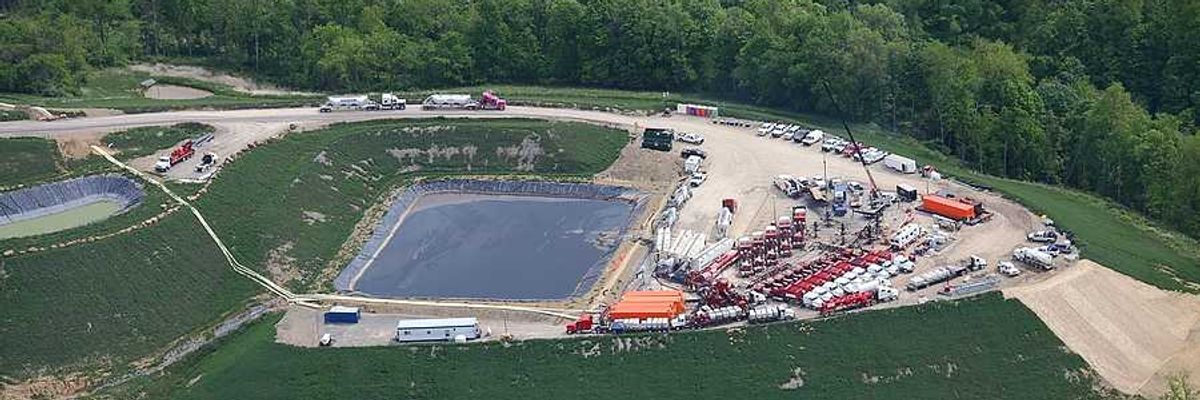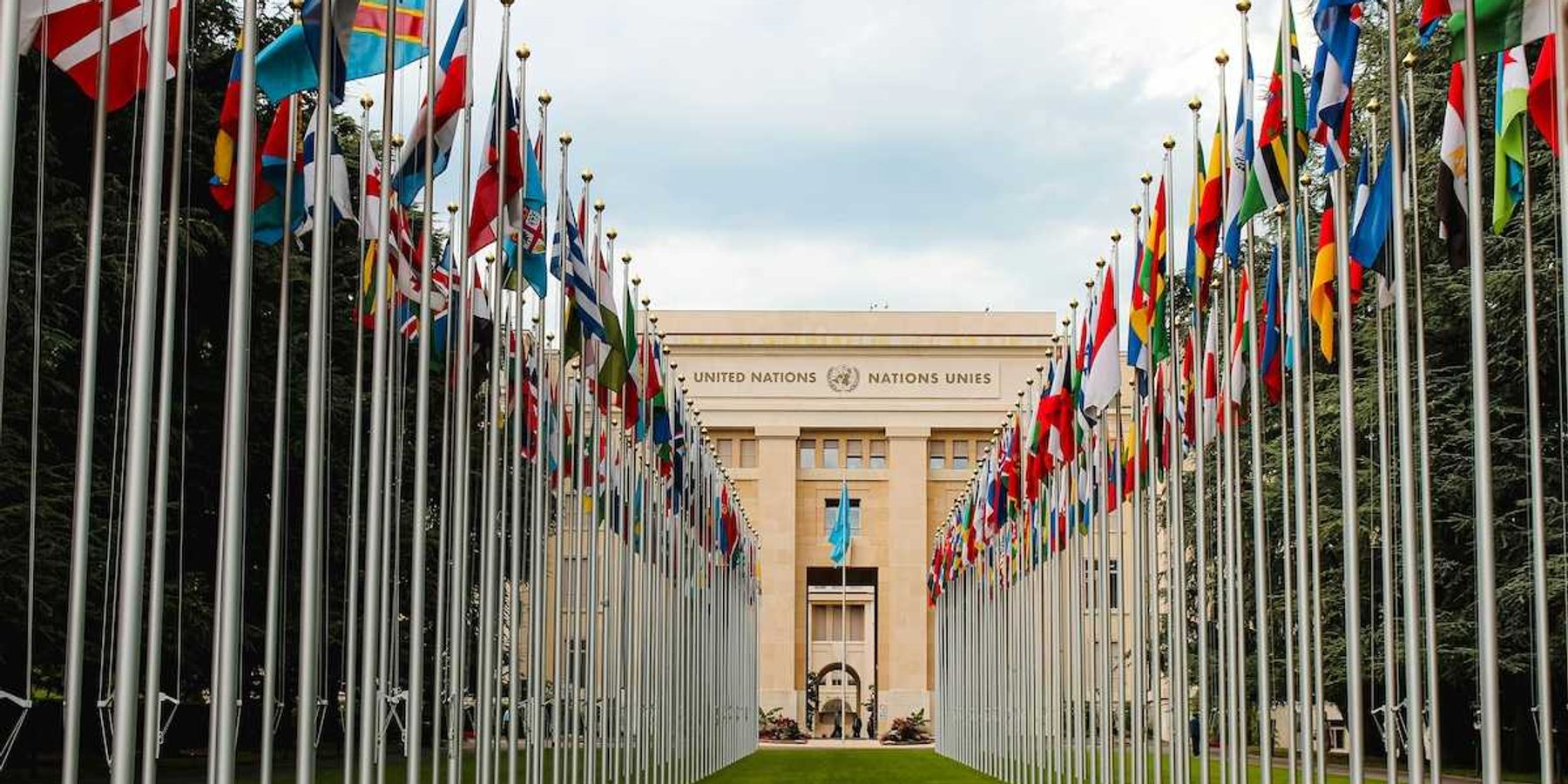land use
Fire's ancient practice returns to help Nebraska’s wildlife thrive
Conservationists in Nebraska are reviving the ancient practice of controlled burns to restore vital habitats for sandhill cranes and other species.
In short:
- Controlled burns clear away overgrowth, benefiting birds like sandhill cranes by creating open areas for feeding and nesting.
- These fires mimic natural and Indigenous land management practices, which are key to maintaining grasslands and promoting biodiversity.
- Species such as bears, prairie chickens and even pollinators like bees benefit from the new growth that follows controlled burns.
Key quote:
"The best way we can make sure that the grasslands stay grasslands, is by making sure that we're using tools to keep it in that habitat — tools like prescribed fires."
— Amanda Hefner, education manager, Rowe Sanctuary
Why this matters:
In Nebraska, the practice of prescribed burning is breathing new life into local species, from the cranes that rely on open spaces to the bears that find renewed food sources in berry bushes. This ancient practice could be one of the best ways to combat the wildfire risks and biodiversity loss we face today. Read more: Hands on the land, heart in community: Returning cultural fires.
Solar farms provide more than clean energy by supporting pollinators
As solar farms expand, some developers are using the land beneath panels to nurture pollinator habitats, but the success of these efforts varies widely.
In short:
- Solar farms can combat both climate change and biodiversity loss by providing habitats for pollinators like bees and butterflies.
- Standards for pollinator-friendly solar farms are inconsistent, with accusations of greenwashing in cases where habitat efforts are minimal.
- Studies show that well-designed solar farms can significantly increase insect populations, but many projects fall short of their ecological potential.
Key quote:
“It’s not fair if some people are truly stepping up to do this right and another company is barely doing anything and saying they’re pollinator friendly."
— Scott Black, executive director of the Xerces Society for Invertebrate Conservation
Why this matters:
Despite the promise, these nature-friendly setups are still the exception rather than the rule. If scaled up, we could start to see solar farms not just as green energy producers but as critical players in reversing habitat loss. Read more: We must adapt to climate change. Can we do it in ways that solve other problems too?
Biden administration safeguards millions of acres in Alaska from industrial harm
The Biden administration announced protections for 28 million acres in Alaska, blocking industrial activities to preserve Indigenous communities, wildlife and ecosystems.
In short:
- The Interior Department has blocked a 211-mile road essential for a planned copper and zinc mine, citing potential harm to Alaska Native communities and wildlife.
- The protected lands include critical habitats and have been at the center of a long-standing debate over industrial development versus environmental conservation.
- Alaska lawmakers are pushing back, with some introducing legislative measures to counter the administration's decisions.
Key quote:
“D1 lands in the Yukon-Kuskokwim region are vital to our people’s way of life — these protections ensure future generations will be able to live safely with and on the land, carrying our customary and traditional knowledge.”
— Anaan’arar Sophie Swope, executive director of the Mother Kuskokwim Tribal coalition
Why this matters:
Protecting these lands helps protect Alaska Native cultures and ecosystems, addressing long-standing environmental and subsistence concerns while increasing the tension between economic development and conservation efforts in the resource-rich region. Read more: Biden’s Arctic drilling go-ahead illustrates the limits of democratic problem solving.
India’s mega plan to connect its rivers raises big questions
India's ambitious project to link its rivers may provide solutions to water shortages but could also cause significant environmental and social disruptions.
In short:
- India plans to launch a $168 billion project to connect its rivers, aiming to address water shortages and improve irrigation.
- Experts warn that the project could displace half a million people, submerge vast tracts of land, and disrupt natural monsoon patterns.
- Critics argue that the government has not adequately considered alternative, less disruptive water management strategies.
Key quote:
[The] “initial assumption, is that river basins are independent systems and output from one … can be used to feed the other. [But] changes in one can lead to changes in another.”
— Tejasvi Chauhan, water engineer and biosphere modeler, Max Planck Institute for Biogeochemistry.
Why this matters:
This project could reshape India’s water management but might exacerbate environmental issues and displace communities, highlighting the need for sustainable solutions in tackling water crises. Read more: The planet is losing free-flowing rivers. This is a problem.
Reviving ancient practices to combat desertification in Jordan
Communities in Jordan are successfully using the ancient practice of hima to combat overgrazing and desertification, revitalizing local ecosystems and traditions.
In short:
- Hima, an ancient land-management practice, is being revived in Jordan to combat overgrazing and desertification, resulting in a significant increase in plant biomass and biodiversity.
- The rotational grazing system protects certain areas, allowing them to recover, which benefits both the environment and local shepherds.
- International conservation organizations are looking to scale up this culturally integrated approach across the Middle East.
Key quote:
"Our religion tells us that whoever plants a tree—and an animal, a bird, or a person eats from it, or takes shade in it, or lives in it—then he has good deeds, and his reward is with God."
— Emad al-Alimat, Bedouin shepherd
Why this matters:
Reviving hima not only restores ecosystems but also supports local communities, blending conservation with cultural and religious traditions, and offering a sustainable model for land management in arid regions. Read more: Climate, justice, and the deep roots of regenerative farming.
President Biden's conservation efforts face uncertainty as Trump eyes return
President Biden's ambitious plan to conserve 30% of US land and water by 2030 is making progress, but a potential Trump return threatens these gains.
In short:
- Biden aims to protect 30% of US lands and waters by 2030, with significant strides made since his inauguration.
- Trump's possible return could undo these efforts, as he plans to expand oil and gas drilling and reduce protected areas.
- The 30x30 initiative has influenced global conservation efforts, highlighting the importance of setting aside land to combat climate change and biodiversity loss.
Key quote:
“We would fight that agenda from Trump and his fossil fuel allies but I’d rather we not have to. The stakes for the election are high.”
— Dan Hartinger, senior director of policy advocacy at the Wilderness Society Action Fund
Why this matters:
Biden's actions not only advance national conservation goals but also set a precedent for global environmental efforts to combat climate change and protect biodiversity. However, these efforts risk being reversed if Trump is re-elected. Read more: Giving Bears Ears and Grand Staircase-Escalante the protection they deserve.
Climate change impacts insurance availability in high-risk areas
Increasing natural disasters driven by climate change are making insurance unaffordable or unavailable for many homeowners, especially in states like California, Florida, and Louisiana.
In short:
- Homeowners in high-risk areas struggle to find affordable insurance as companies withdraw or hike premiums.
- States offer insurers more flexibility, but risk becoming the insurers of last resort.
- Rising disaster costs and population growth in risky areas exacerbate the problem.
Key quote:
“Insurance companies have basically become our land-use officials.”
— Doug Heller, director of insurance with the Consumer Federation of America
Why this matters:
Without affordable insurance, homeowners may be forced to relocate, which could lead to broader economic and social impacts. The increasing financial strain on homeowners is just one of many symptoms of a planet under stress. For families, this isn't just about rising costs—it's about the stability and security of their homes and lives.









